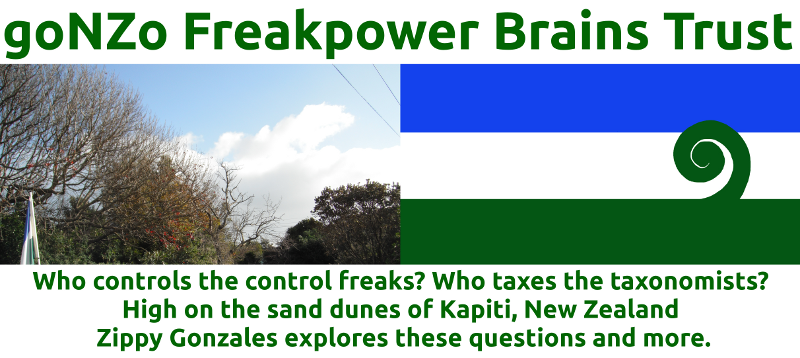One of the implications of chaos is the bloody-mindedly difficult task of lassoing it in empirical testing. How does one replicate a moment in weather when each is a unique piece of infinitely complex, delicate and unknowable whole? Where does one draw the line in objectivity when, like supercomputers crunching climate change figures, measuring affects the outcome?
Nowhere is this more evident than in alleged weather control programs:
Fleming, for his part, doesn’t believe that a single one of the weather modification schemes he describes in his book ever truly worked. Even cloud-seeding, he says, as widespread as it is even today, has never been scientifically proven to be effective. Kristine Harper, an assistant professor at Florida State University who is writing a book about the US government’s forays into weather modification, says that doesn’t necessarily mean cloud-seeding is a total waste of time, just that there’s no way to scientifically measure its impact.
HT Arts & Letters Daily. I have thought for some time that dry ice and silver iodide seeding of clouds was one giant bogus placebo, but there's never a way to prove beyond reasonable doubt one way or the other, so why bother. Nah, the thing that scares me isn't this petty voodoo, it's experiments like this that puts the willies up me.
